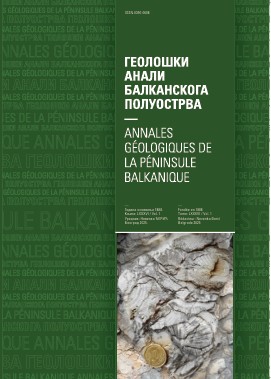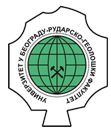Special Issue
We are pleased to announce the publication of a Special Issue in the Geološki anali Balkanskoga poluostrva, one of the oldest journals about geology of the Balkan Peninsula.
Next year will be 100 years since the birth of Milorad Dimitrijević and Stevan Karamata. They were among very few geologists who enormously influenced Serbian geological science and education in the second half of the XX and the beginning of the XXI century. In celebrating this outstanding anniversary, we cordially invite scientists, researchers, and scholars to contribute their expertise to a special issue volume of Geološki anali Balkanskoga poluostrva that will be dedicated to the scientific legacy of Milorad Dimitrijević and Stevan Karamata. This commemorative volume will serve as a platform for publishing the latest research, advancements, and interdisciplinary approaches especially in Regional Geology and Petrology that were main geodisciplines of these two great Serbian geologists.
The title of the Special Issue: ’’A Century since the birth of Milorad Dimitrijević and Stevan Karamata: A tribute to their scientific legacy’’
Guest Editors: Milan Sudar, Vladica Cvetković
Submission Deadline: 01. March 2026
Website: http://gabp.rgf.bg.ac.rs/index.php/gabp/about/submissions
To enable us to plan the entire project adequately, we would appreciate if you inform us within two weeks as to whether you wish to contribute to this Special Issue.
Read more about Special Issue











